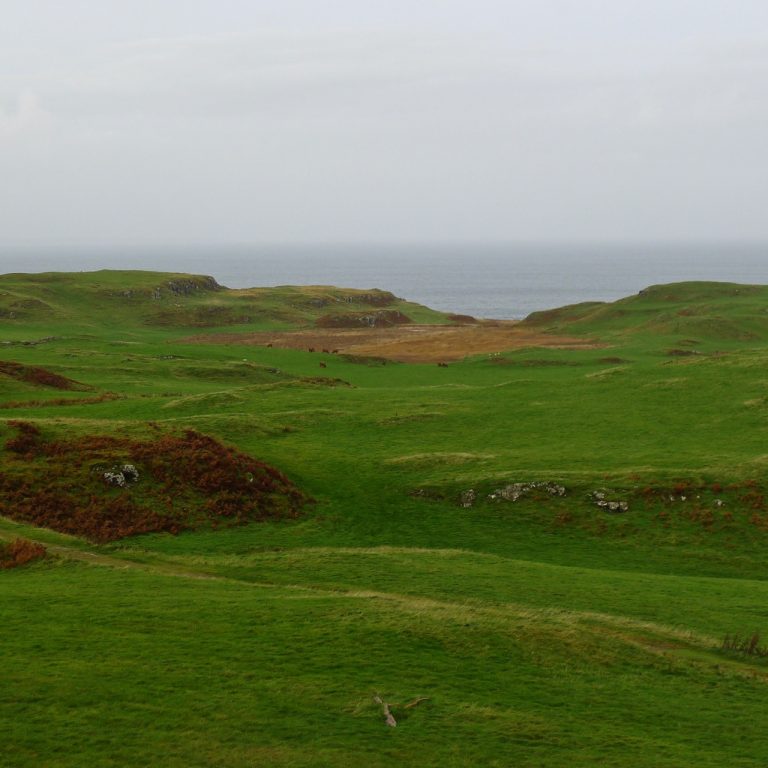Profile
Highland Cattle are iconic on picture postcards, yet few are aware how they have become heavier and ‘developed’ to give larger carcass and bigger cuts. This Hill Bred Pedigree Highland Cattle is an old strain that has not been developed and solely bred on the hill, the traditional way.
When breeds become larger, their feet cannot take the same weight nor can natural habitat support them, either physically in terms of bogland or nutritionally, as larger animals need more protein, cannot gain sufficient from the hills and need supplement feed. This affects the flavour.
This beef has a wonderful long-in-the-mouth flavour, almost gamey in character. Highlanders lay down fat differently from other breeds of cattle, protecting their kidneys to survive the extreme climate. The marbling in the beef develops later on. Their milk is also of very high quality and was often the house cow for the highland crofters.
The Romans talked about the Highlanders so there were already in existence in Scotland and spread from the west of Scotland where written records date from 18thC. The Highland Cattle Herd Book of 1885 lists pedigrees since that time. They were often called kyloe cattle, for they swam across the straits (kyloes) on their way to market on the mainland.
When researching cattle with my Leader–for-Scotland’s-Ark-of-Taste hat on I contacted many folk with knowledge of Highlanders and all roads led back to Tom Nelson and the Glengorm Fold on Mull where records exist of Highland cattle at Glengorm Castle, hefted on the hills, for over a century.
This family took on the Glengorm Fold (as Highland herds are called) 50 years ago but the fold itself dates back more than 170 years when it was first documented. This particular herd is highly praised for its old strain and 100% outdoor life with feed from nature. All research led back to Glengorm.
These Hill Bred Pedigree Highland Cattle live on the hills of Mull all year round, as they have done for well over a century. They are sustainable, thriving on the natural pasture, heath and herbs of the environment in which they live. This is apparent in their flavour. They mature for 3 years before they are slaughtered and butchered on Mull – another distinct characteristic of this herd. Their coat can be black, brindle or golden through to pale sand shades. They are very hardy with a natural and unique ability to convert poor grazing efficiently. Highland cows can breed to around 18 years and are good mothers.




